Academia Sinica Regulations for Ownership and Utilization of Scientific and Technological Research and Development Results
Amended and promulgated per DIPTT Notice No. 10505051321 dated July 15, 2016 (Articles 4, 6 and 7)
Amended and promulgated per DIPTT Notice No. 1060507610 dated September 30, 2017 (Articles 1 and 7)
Amended and promulgated per DIPTT Notice No. 10705016171 dated March 5, 2018 (Articles 3 and 3-1)
Amended and promulgated per DIPTT Notice No. 10905075091 dated September 17, 2020 (Articles 6 and 7)
Amended and promulgated per DIPTT Notice No. 1121702871 dated November 8, 2023 (all 12 Articles); effective from the date of promulgation
Amended and promulgated per DIPTT Notice No. 1131702314 dated November 13, 2024; effective from the date of promulgation
- In order to effectively manage the intellectual property rights and proceeds belonging to Academia Sinica (hereinafter "AS") arising from scientific and technological research and development carried out by AS under the government budget allocated for scientific and technological research and development in accordance with the law, these Regulations are stipulated pursuant to Article 6, Paragraph 3, and with reference to Article 13, Paragraph 4, of the Fundamental Science and Technology Act.
- The research and development results (hereinafter “R&D results”) under these Regulations refer to the knowledge, techniques, works, products made at AS, integrated circuit layouts, computer software, trade secrets, know-how, and other technical data created by an AS employee within the scope of his/her employment or job responsibilities, and the resulting domestic or foreign patents, AS publications, other intellectual property rights, and all the derivative rights thereto.
Management and utilization of the R&D results refer to the negotiations, consultations, reviews, applications, exploitation, utilization, technology transfers, licenses to use, mandates, trusts, litigation consultations, maintenance, and other related matters in connection with the R&D results.
AS’s guidelines for copyright-related matters as referred to in Paragraph 1 shall be separately stipulated; provided, however, that the management and utilization of integrated circuit layouts, computer software, and works derived from computer software such as user’s manuals and instructions are governed nevertheless by these Regulations.
Intellectual property rights donated to AS or managed by AS in trust shall be governed by these Regulations. - AS shall establish a Research and Development Results Management Committee (hereinafter “R&D Results Committee”), which shall be composed of AS faculty members and extramural members appointed by the president of AS, to assist the president in supervising the management and utilization of the R&D results owned by AS.
The following matters are subject to review by the R&D Results Committee:- The exclusive technology transfer to entities outside Taiwan.
- The technology transfer on a free-of-charge basis.
- Abandonment or assignment of any intellectual property rights.
- Decisions on the acceptance of assignment of intellectual property rights.
- Decisions on trademark applications or licensing of AS trademarks for commercial use.
The convener of the R&D Results Committee shall designate two committee members to review the contract terms for an exclusive technology transfer to entities within Taiwan.
The R&D Results Committee may conduct necessary investigations into violations of these Regulations and may, upon conclusion of such investigations, request the institute(s) or department (s) concerned to take necessary actions. - The disclosure of conflicts of interest related to AS’s technology transfers shall be reviewed by the Conflicts of Interest Management Committee (hereinafter “COI Committee”). The interests to be disclosed and the manner of disclosure shall be stipulated separately by the COI Committee.
- The R&D Results Committee shall operate in accordance with the following provisions:
- The R&D Results Committee shall be composed of 7 to 15 members (including the convener), with each committee member serving a two-year term. The director of the Department of Intellectual Property and Technology Transfer (DIPTT) is an ex officio member of the R&D Results Committee, and if a DIPTT director steps down from the position, the ex officio membership shall be held by the director’s successor. The committee members may be reappointed upon the expiration of their term. In the event of a vacancy during the term, the successor shall serve for the remainder of the original term.
- All committee members serve without compensation; however, extramural members may be reimbursed a review fee at the discretion of AS.
- The convener of the R&D Results Committee shall be appointed by the president of AS from among the vice presidents of AS. The convener shall be responsible for convening meetings of the R&D Results Committee and act as the chairperson. If the convener cannot convene or attend a committee meeting for a cause, he/she may designate a committee member to act on his/her behalf.
- No committee member may appoint a proxy. A committee member shall recuse himself/herself from any cases in which he/she has a personal interest.
- Resolutions of the R&D Results Committee shall require a majority vote of the committee members with a quorum of a majority of the committee members, or by the written consent of a majority of the committee members in response to the notification from the convener.
- Prior to making decisions on a routine technology transfer cases, the convener may designate one or two committee members to assist in providing recommendations.
- The DIPTT shall be in charge of administrative and logistic affairs of the R&D Results Committee.
- Unless otherwise provided in laws, regulations, or agreed upon in contracts, R&D results derived from the research projects subsidized, commissioned, or funded with the budget of AS shall belong to AS.
Unless otherwise provided in laws, regulations, or agreed upon in contracts, R&D results produced by AS employees from research projects other than those set forth in the preceding paragraph and without using AS resources (such as facilities, premises, equipment and expertise) shall belong to the inventors, utility model creators, designers, or authors producing such results (hereinafter “Creators” collectively), as the case might be.
If an AS employee engages in a research project set forth in the preceding paragraph and intends to use AS resources during the process, he/she must obtain approval of the institute(s) he/she is affiliated with and enters into a contract with AS, specifying the ownership of the R&D results derived from the research project and the distribution of the proceeds from such R&D results. R&D results owned by AS shall be governed by the provisions of these Regulations.
In the event of any dispute over the matters set forth in this Article, the Creator or the director of the institute he/she is affiliated with may submit the dispute to the R&D Results Committee for a determination. - Creators shall, either by themselves or through the research institute with which they are affiliated, report their R&D results to the DIPTT to initiate the management and utilization of such R&D results.
After assessing the utilization value of the R&D results, the possibility of technology transfer or other commercialization opportunities, the costs needed for intellectual property protection, and other factors, AS shall determine if such R&D results warrant intellectual property protection and shall act as the applicant if AS decides accordingly to file an application for intellectual property rights with regard to such R&D results. All the required government fees for application and subsequent maintenance, service charges (including those for patent firms and agents), and other patent-related government fees (hereinafter “Patent Expenses” collectively) required by laws and regulations shall be borne by AS.
If AS decides not to file an application for intellectual property rights with regard to a Creator’s R&D results after the assessment prescribed in the preceding paragraph, AS may grant approval for the Creator to file an application in the name of AS on its behalf, and the subsequent procedures shall be handled in accordance with the following provisions:- The Creator shall pay all the Patent Expenses required for application and shall notify AS immediately as soon as a third party is interested in negotiating a transfer of technology or a license to use the technology.
- The Creator shall notify AS immediately as soon as the application for intellectual property rights is granted. The DIPTT shall then confirm whether the scope of rights are consistent with the scope of disclosure of the R&D results reported by the Creator in accordance with the first paragraph, and assess the market value and utilization potential of the intellectual property before sending the case to the R&D Results Committee for evaluation. The R&D Results Committee shall, based on the market value, utilization potential, costs and benefits of the intellectual property, resolve whether to compensate or share the expenses incurred by the Creator, and decide on related matters such as the lead party for promoting such R&D results and the distribution percentage of the proceeds from R&D results.
- If AS acquires any proceeds from R&D results, the distribution of such proceeds shall first be allocated to the Executive Yuan National Science and Technology Development Fund (hereinafter “Executive Yuan Fund”) or the funding government agency in accordance with Article 7, Paragraph 1 of these Regulations. The remaining proceeds shall be allocated according to the distribution percentage decided by the R&D Results Committee set forth in the preceding subparagraph.
Where the intellectual property rights owned by AS are subject to annual fees or maintenance expenses and have not been assigned or licensed for technology transfer after five years of payment of such costs, AS may take the following actions after consulting with the Creator or the institute with which the Creator is affiliated:
- Continuation or termination of the payment of the annual fees or maintenance expenses.
- Assignment of such intellectual property rights to the Creator or a third party, whether for a fee or free of charge
- With regard to the proceeds from R&D results received by AS, 20 percent of the net proceeds (gross proceeds less the necessary derivative expenses) shall first be allocated to the Executive Yuan Fund or the funding government agency; the remaining proceeds shall be first allocated to AS to compensate for the Patent Expenses paid by AS. The remainder thereafter may be distributed in the following manner:
- Up to one-third of the remainder may be allocated to the Creator in accordance with his/her wishes.
- The institutes with which the Creators are affiliated may choose to be allocated up to one-third of the remainder in total, unless development policies regarding the National Biotechnology Research Park or the Academia Sinica South Campus necessitate otherwise and such exception is approved by AS.
Any remaining proceeds after distribution in accordance with the preceding paragraph shall belong to AS.
The proceeds arising from the mission-oriented research projects initiated and actively led by AS involving the deliberate allocation of public R&D funds and resources, and subject to periodic performance evaluations by AS, shall, after allocating 20 percent to the Executive Yuan Fund or the funding government agency, belong to AS. The distribution provisions set forth in the preceding two paragraphs shall not apply.
The proceeds from R&D results set forth in the preceding three paragraphs include license fees, royalties, prices, equities, incomes from transfer of materials, and other rights and interests. The items of the derivative expenses (not including patent application fees and maintenance expenses; mostly remittance expenses) shall be suggested and proposed by the DIPTT and be approved by the president of AS.
A Creator’s share of proceeds from R&D results may be further allocated to the research team affiliated with him/her; the list of research team members shall be determined and reported by the Creator.
Any rights or benefits other than the proceeds from R&D results set forth in Paragraph 1 shall belong to AS.
Any settlement or compensation paid by a third party to AS for infringement on AS’s R&D results shall, after deducting the attorneys’ fees and related expenses incurred, first allocate 20 percentto the Executive Yuan Fund or the funding government agency; the remaining paid amount except for punitive damages may be distributed in the following manner:- Up to one-sixth of the remaining paid amount may be allocated to the Creator in accordance with his/her wishes.
- The institutes with which the Creators are affiliated may choose to be allocated up to one-sixth of the remaining paid amount.
- Any remainder after distribution in accordance with the preceding two subparagraphs shall belong to AS, whereas AS may give additional rewards to individuals and teams for their contribution to the protection of AS rights and interests.
The punitive damages referred to in the preceding paragraph are limited to those expressly awarded by a court. The deduction for attorneys’ fees and related expenses incurred by AS before distribution shall be taken first from the punitive damages; the remainder, if any, shall, after allocating 20 percent to the Executive Yuan Fund or the funding government agency, belong to AS.
Where R&D results are produced under the circumstance set forth in Article 5, Paragraph 2, and the proceeds from R&D results are owned by AS pursuant to laws, regulations or contracts, the distribution provision set forth in Paragraph 1 of this Article shall apply mutatis mutandis to the proceeds from such results.
The distribution of proceeds from R&D results of government-subsidized research projects among the Creator, the institute with which the Creator is affiliated, and AS may otherwise be determined in accordance with the recommendations provided for in the relevant rules applicable to such research projects notwithstanding the provisions of Paragraphs 1 and 2 of this Article. - The R&D results managed by AS may be transferred or licensed for use to other government agencies and institutions, private companies, organizations, or individuals, provided that such transfers or licenses are made on a fee-based and nonexclusive basis and give domestic entities in Taiwan a right of first refusal to the transfer or license.
Transfers or licenses that are granted free of charge or to entities outside Taiwan’s jurisdiction may only be made under the following conditions: they promote scientific and technological development, social welfare, and national interests; they ensure the commercialization of the R&D results and their intellectual property rights; they safeguard national security; they comply with international obligations; and they do not violate the principle of fairness. Furthermore, such transfers or licenses shall be subject to appropriate restrictions through a written contract regarding the scope of use, licensing territory, licensing term, sublicensing, sub-transfer, or other relevant matters, and must comply with the following requirements:- Free Use: Licenses granted free of charge shall be limited to academic research, educational or charitable purposes only.
- Licensing to Foreign Entities: Following conditions must be fully met for licensing to a foreign entity:
- The R&D results are not part of the national core technologies as prescribed by law.
- Licensing to a foreign entity will not have a significant negative impact on national security, domestic industrial competitiveness, or the technological and economic development of the nation, or, if such an impact exists, it must be outweighed by a greater benefit to the nation’s overall development.
- Exclusive Licensing to Foreign Entities: An exclusive license to a foreign entity must also meet one of the following conditions:
- No domestic entity in Taiwan is willing to undertake the transfer or licensing of the technology concerned.
- No domestic entity in Taiwan is capable of undertaking the transfer or licensing of the technology concerned.
Fee-based as used in these Regulations refers to consideration provided in the form of license fees, royalties, prices, equities, cross licensing, technology cooperation, or any other means commonly adopted in the industry for the transfer or licensing of R&D results.
- If AS owned or managed R&D results meet any of the following conditions, AS may discontinue the ongoing technology transfer or terminate the existing license to use, or require that the licensee of such R&D results grant licenses to third parties:
- The exclusive licensee of the R&D results has failed to effectively utilize the R&D results within a reasonable period of time and without a justifiable reason.
- The transferee of the technology transfer or the licensee of the R&D results has exploited the R&D results in a manner that hinders national security, environmental protection, or public safety or health.
- It is necessary to respond to a national emergency or other circumstances of extreme urgency, or to advance other significant interests of the nation.
- The R&D results involve national core technologies promulgated by the government.
Before AS discontinues the technology transfer or terminates the license to use the R&D results in accordance with the preceding paragraph, AS shall notify the transferees or licensees in writing that they may state their opinions within a specified time limit; AS may directly discontinue the transfer or terminate the license if the transferees or licensees fail to submit their opinions within the time limit or without a justifiable reason. However, any discontinuation of a paid technology transfer or termination of a paid license pursuant to provisions of Subparagraph 3, Paragraph 1, shall entitle the transferee or licensee to reasonable compensation.
A request made pursuant to Subparagraph 1 of Paragraph 1, for the exclusive licensee of R&D results to sublicense such results to a third party shall be limited to cases where the third party has sought a license from the exclusive licensee under reasonable commercial terms but was unable to reach an agreement. - To the extent that academic research and development of AS will not be impeded and that rights or benefits AS is entitled to will not be harmed, individuals, organizations, schools, or government agencies (institutions) outside AS may, for the purpose of developing research results, provide AS employees with research funding, technology, materials, equipment, personnel, or intellectual property to carry out research projects. AS employees taking part in such sponsored research projects should submit the project details to AS for approval, and the contracts for the projects shall be signed in the name of AS.
R&D results derived from a sponsored research project set forth in the preceding paragraph should belong solely to AS, unless one of the following applies:- The sponsor has made substantial intellectual contribution to the R&D results, in which case the R&D results should be jointly owned by the sponsor and AS in proportion to their respective contributions.
- Where a research project is to assist public sectors for public policy purposes, is an international research project for charitable or other not-for-profit purposes or pursues cutting-edge scientific research, is to perform standardized tests or experiments, is to provide specialized technological services, or makes use of existing technologies to produce customized results for the sponsor, the contract for the project may stipulate that the R&D results will be the sole property of the sponsor or a third party that jointly participates in the internationally sponsored project.
The sponsored research projects referred to in this Article do not include research projects funded from a subsidy budget appropriated by other Taiwan government agencies (institutions).
- Institutes under AS may accept research funding, instruments or equipment donations from other individuals, legal entities, organizations, or other government agencies (hereinafter “donors” collectively). The donated research funding, instruments or equipment shall belong to the recipient institute.
To the extent that its research needs are not compromised, the recipient institute may allow the donor to use AS’s research offices, laboratories, books, instruments, equipment, and other auxiliary tools; maintenance costs and other usage fees incurred as a result shall be borne by the donor.
Where the R&D results generated from research projects supported by donations are owned by AS, these Regulations shall apply mutatis mutandis to the management and utilization of such results, including the distribution of the proceeds from R&D results. - The ownership, management and utilization of the R&D results derived from research projects that are funded from a subsidy budget appropriated by other Taiwan government agencies (institutions) shall be governed by the applicable regulations of such government agencies (institutions). To the extent that no such regulation is applicable, these Regulations shall apply.
- If a non-performance of an obligation arising from technology transfer of AS’s R&D results or a sponsored research project conducted by AS is attributable to the default of a Creator, a research project’s principal investigator, or members of his/her research team, and the following expenses or liabilities are incurred by AS, AS may, after fulfilling its compensation obligation, seek reimbursement from the responsible Creator, principal investigator, or his/her research team member, and may deduct such reimbursement from the proceeds of R&D results distributed to them:
- Attorneys’ fees or other related expenses in connection with litigation, preparation for litigation, or alternative dispute resolution procedures.
- Damages, settlements, penalty, late payment interest or other liabilities.
The provisions of the preceding paragraph shall apply mutatis mutandis to expenses incurred from preventive or improvement measures taken by AS to avoid a non-performance of an obligation attributable to the default of a Creator, a research project’s principal investigator or members of his/her research team.
If a non-performance of an AS obligation is not attributable to either AS or its licensee and AS is nonetheless obligated to restore the other party to its status quo ante or make restitution of unjust enrichment, the Creator or other persons who received proceeds from the technology transfer, as well as the institute with which the Creator is affiliated, shall return the allocated proceeds received in accordance with Article 7.
In the event of the circumstance described in Paragraph 1, to prevent further damage, AS may take the following actions from the time the dispute arises until the Creator, the research project’s principal investigator, or members of his/her research team provides AS with relevant information and clarifies that there is no misconduct or breach of any obligations in the case concerned or any other cases:- If a non-performance of an obligation may involve infringement of the intellectual property rights of others, or involve fabrication, falsification, or plagiarism of the R&D results, AS may require the Creator to provide a security deposit equivalent to the costs needed for the ongoing applications for the protection of intellectual property rights, and may also suspend new application for the protection of intellectual property for the default Creator’s R&D results.
- If a non-performance of an obligation is in connection with the license to use AS’s R&D results, AS may suspend the process of technology transfer or licensing involving the R&D results of the default Creator, principal investigator of the research project, or members of his/her research team.
- If a non-performance of an obligation is in connection with a sponsored research project, AS may suspend approval of the contracts for sponsored research projects funded by for-profit entities in which the default principal investigator takes part in.
- Articles 6 and 7 of these Regulations shall apply to the proceeds acquired after November 13, 2024, the enforcement date of the amendments, even though the application for the protection of intellectual property rights with regard to such R&D results was made before the enforcement date.
- These Regulations shall come into force from the date of promulgation.

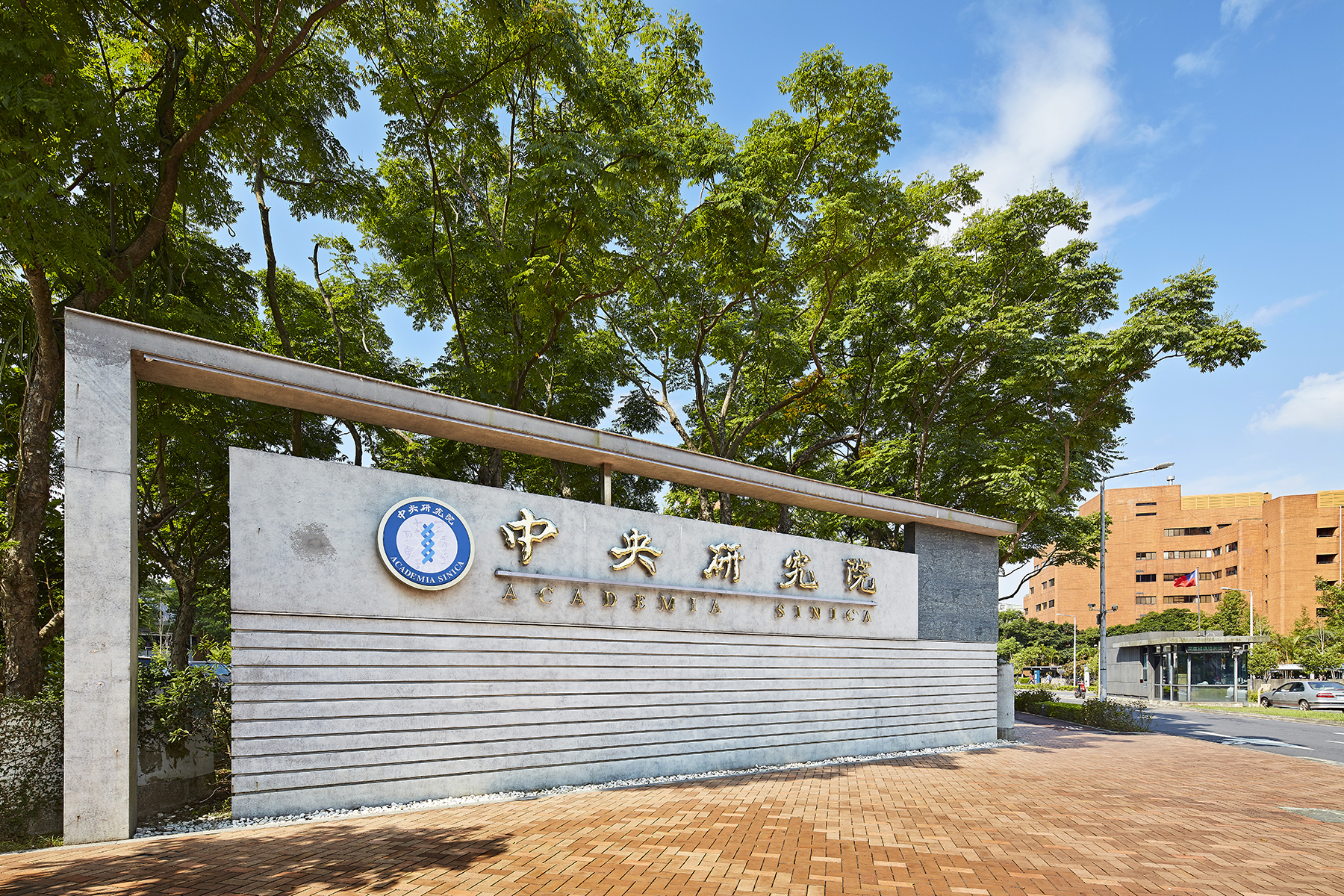
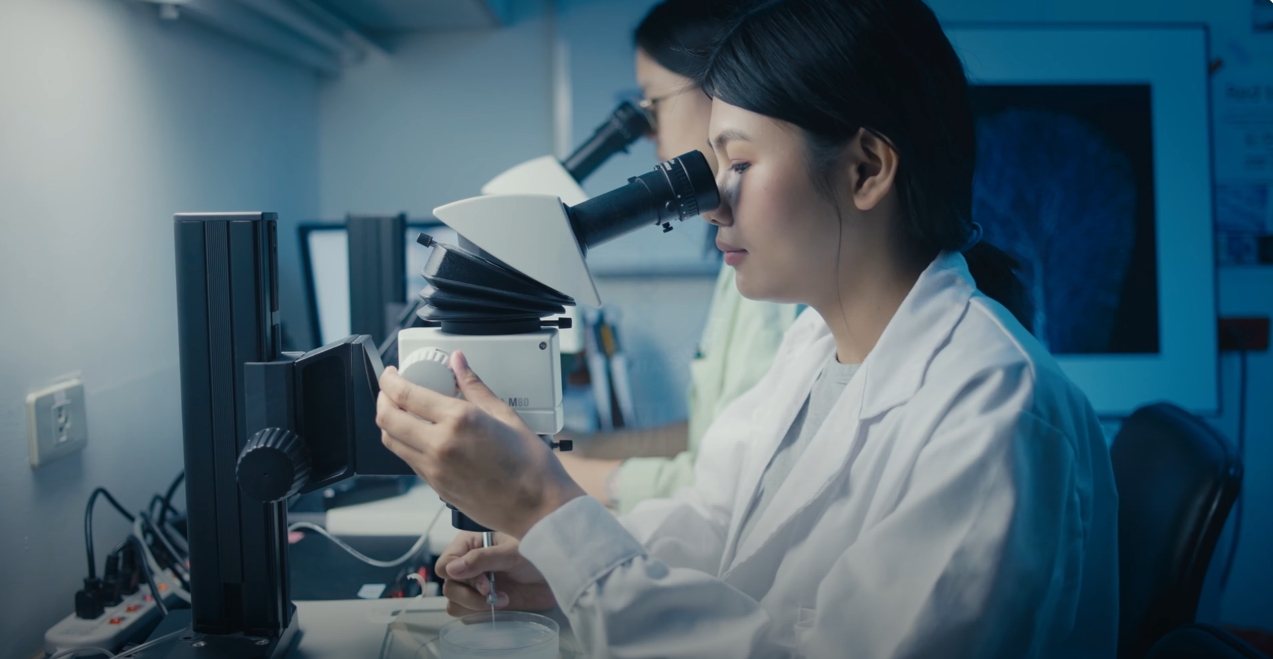
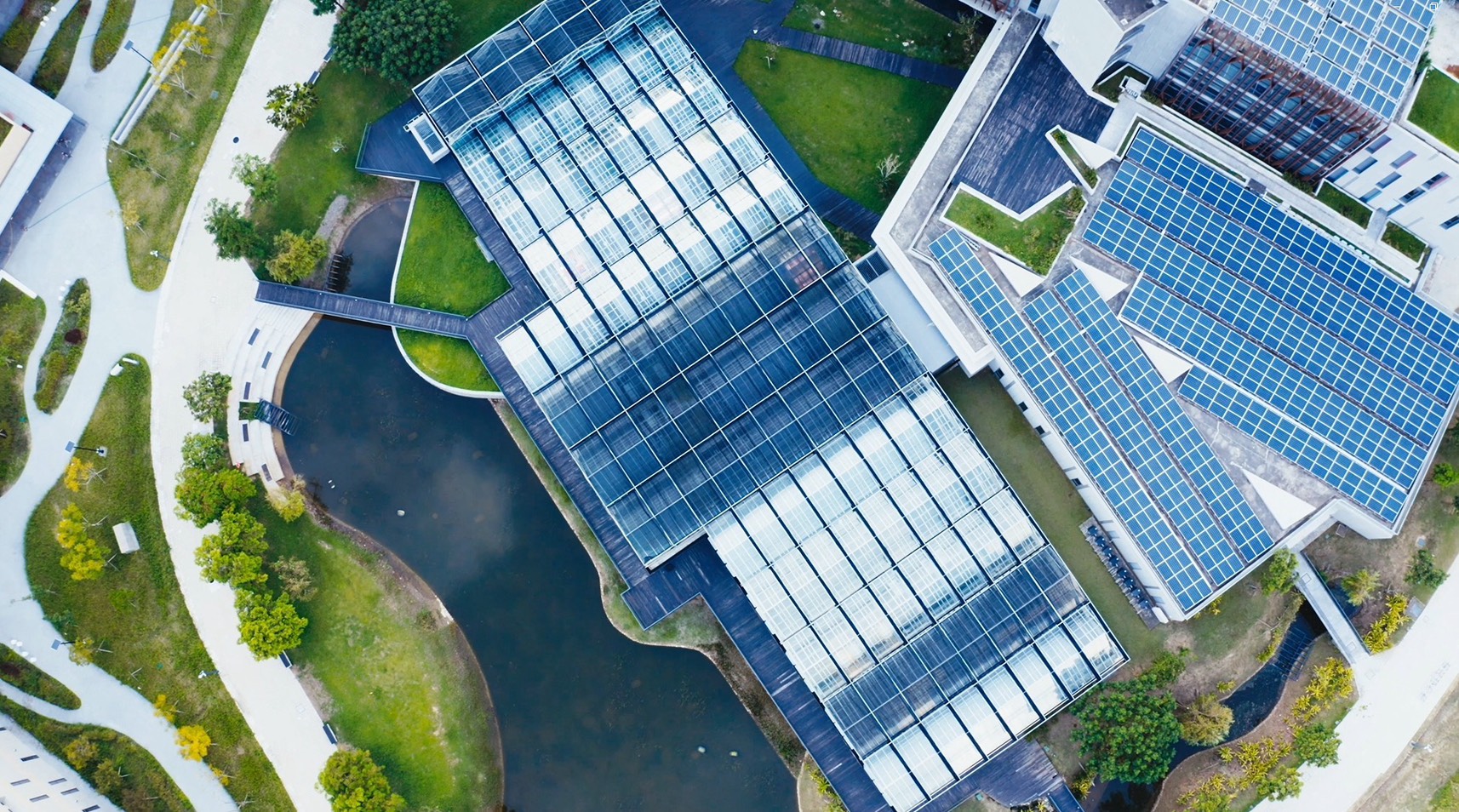
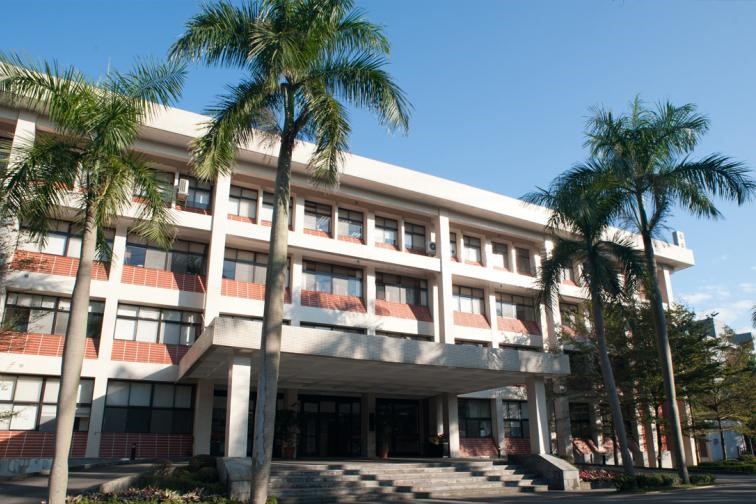
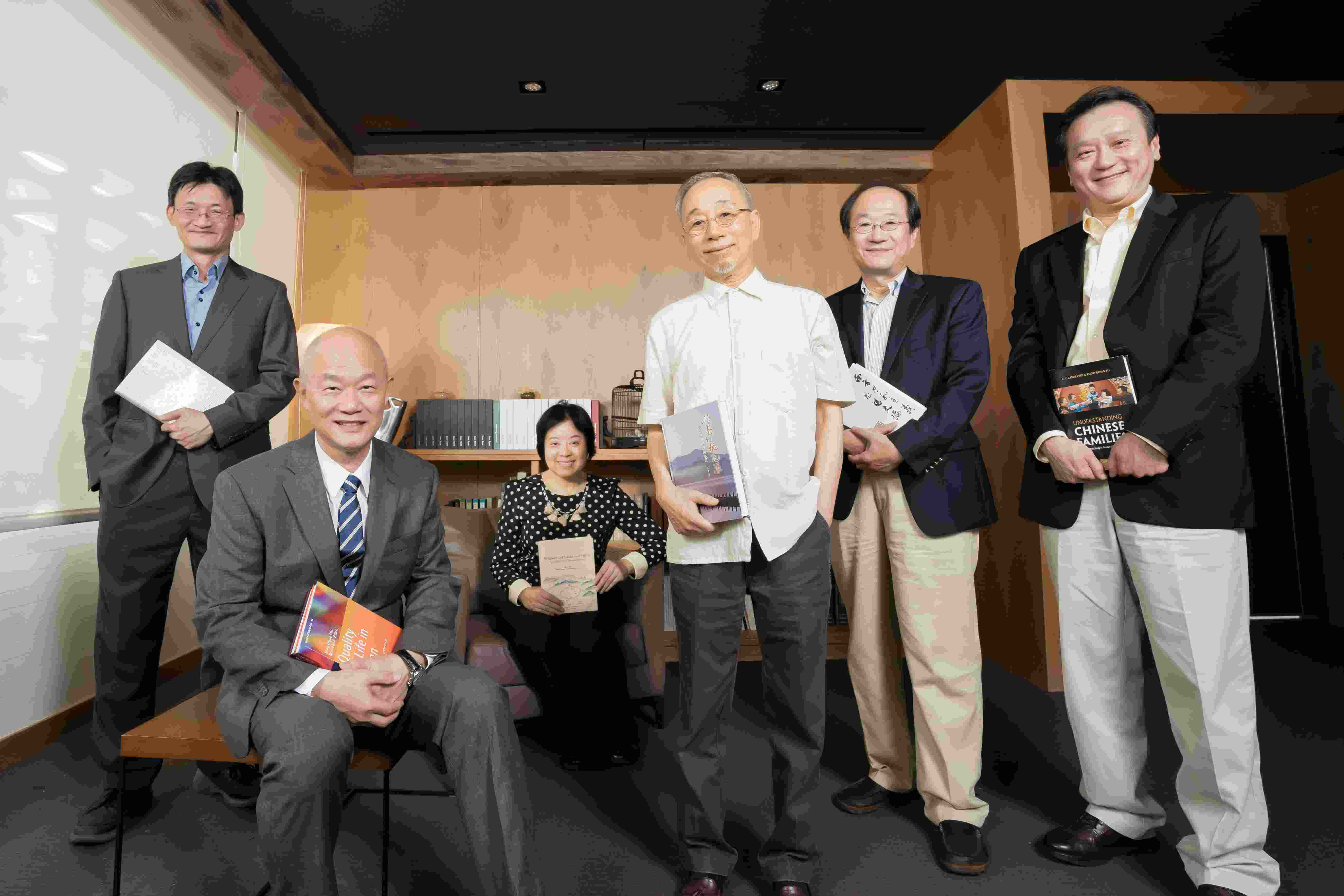



 Home
Home